FPGA or become the technical propeller of semiconductor
3/9/2023 11:18:06 AM
The FPGA technology, in which product designers can freely rewrite logic by themselves, is making rapid progress. From the perspective of the whole semiconductor industry, it can also be said that it is the first time that the whole industry is introducing new technologies in full swing. The FPGA "virtex-7 2000t" supplied by Xilinx in the United States from the end of October 2011 is an example. This FPGA adopts the technology of "Stacked Silicon Interconnection (SSI)", in which a plurality of FPGA chips are arranged on the Si adapter board and encapsulated in a package. Virtex-7 2000T is lined with four identical FPGA chips manufactured by 28nm process technology. Compared with mounting chips on a package substrate, SSI technology has the advantages of improving the wiring density between chips and shortening the wiring length.
The amazing thing about Virtex-7 2000T is that there are 6.8 billion transistors formed on the chip. Even from the gate number of standard cell ASIC, this number is quite huge, and it is an FPGA with 2 million logic cells equivalent to about 30 million gates. Open the home page of Xilinx company, and the words "virtex-7 2000t: more than Moore" stand out. The reason why this company writes this way is that although LSI manufacturing technology uses 28nm process, it is one generation ahead and realizes a large-scale FPGA equivalent to 20nm process.
Altera Company, a large enterprise in which the FPGA industry and Xilinx company are in a dominant position, has never budged in adopting new technologies. Altera is developing an FPGA with optical interface, which is scheduled to be put into production after 2012. By using optical wiring in the ultra-high-speed transmission part of FPGA, compared with traditional electrical wiring, it is expected to have the advantages of low loss, long distance and excellent expansibility, easy configuration and low-cost substrate materials.
In order to adopt the new technology of optical transmission, the system cost borne by the whole equipment manufacturer needs to be reduced to the level equivalent to or below that of electrical wiring. If it can't be achieved, there is no hope of popularization. One of the efforts made by altera Company to reduce the system cost is mainly reflected in the connection method between FPGA package and optical wiring. Specifically, the optical cable is directly connected to the semiconductor package through the connector. At this time, the wiring does not need to be completely actinic, only optical transmission is needed in the wiring part that requires ultra-high-speed transmission, and the rest signals can still use traditional electrical wiring.
As long as the FPGA market continues to develop, the trend of FPGA enterprises competing to adopt new technologies will accelerate. FPGA is expected as a new technology propeller in the semiconductor industry.
The amazing thing about Virtex-7 2000T is that there are 6.8 billion transistors formed on the chip. Even from the gate number of standard cell ASIC, this number is quite huge, and it is an FPGA with 2 million logic cells equivalent to about 30 million gates. Open the home page of Xilinx company, and the words "virtex-7 2000t: more than Moore" stand out. The reason why this company writes this way is that although LSI manufacturing technology uses 28nm process, it is one generation ahead and realizes a large-scale FPGA equivalent to 20nm process.
Altera Company, a large enterprise in which the FPGA industry and Xilinx company are in a dominant position, has never budged in adopting new technologies. Altera is developing an FPGA with optical interface, which is scheduled to be put into production after 2012. By using optical wiring in the ultra-high-speed transmission part of FPGA, compared with traditional electrical wiring, it is expected to have the advantages of low loss, long distance and excellent expansibility, easy configuration and low-cost substrate materials.
In order to adopt the new technology of optical transmission, the system cost borne by the whole equipment manufacturer needs to be reduced to the level equivalent to or below that of electrical wiring. If it can't be achieved, there is no hope of popularization. One of the efforts made by altera Company to reduce the system cost is mainly reflected in the connection method between FPGA package and optical wiring. Specifically, the optical cable is directly connected to the semiconductor package through the connector. At this time, the wiring does not need to be completely actinic, only optical transmission is needed in the wiring part that requires ultra-high-speed transmission, and the rest signals can still use traditional electrical wiring.
As long as the FPGA market continues to develop, the trend of FPGA enterprises competing to adopt new technologies will accelerate. FPGA is expected as a new technology propeller in the semiconductor industry.
Blog Category
BlogsLatest Products

-
IP5002CX8/P135
NXP USA Inc.
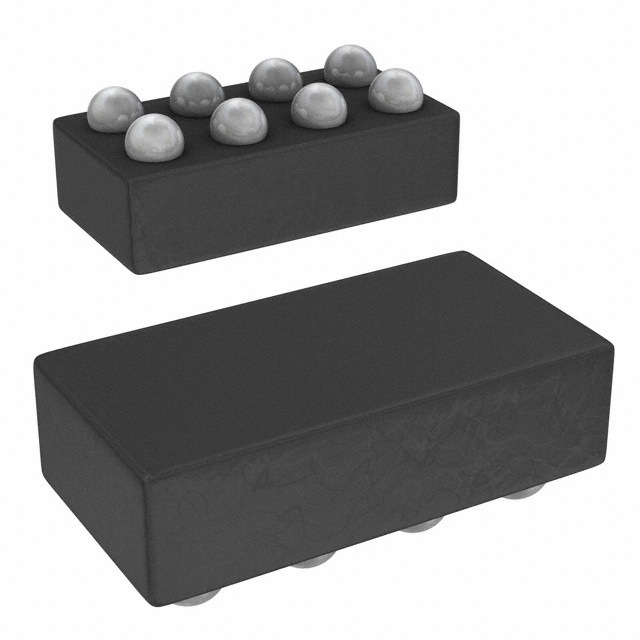
-
ADAU7002ACBZ-RL
Analog Devices Inc.

-
PGA2320IDW
Texas Instruments
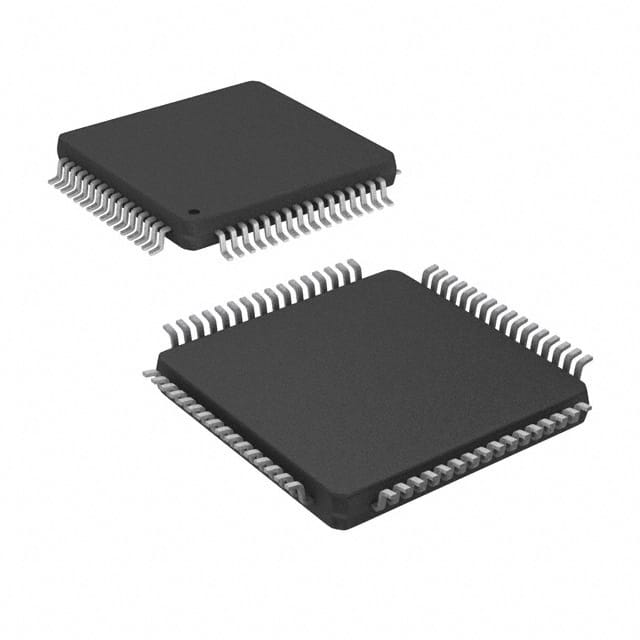
-
SRC4184IPAG
Texas Instruments
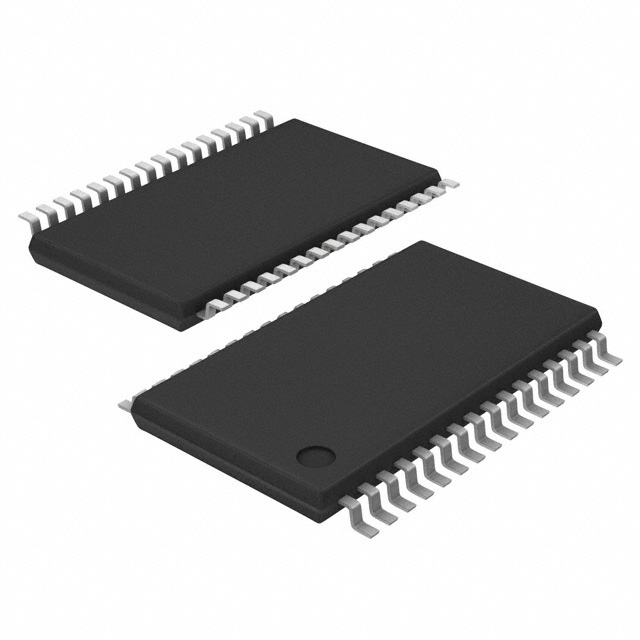
-
MUSES72320V-TE2
Nisshinbo Micro Devices Inc.
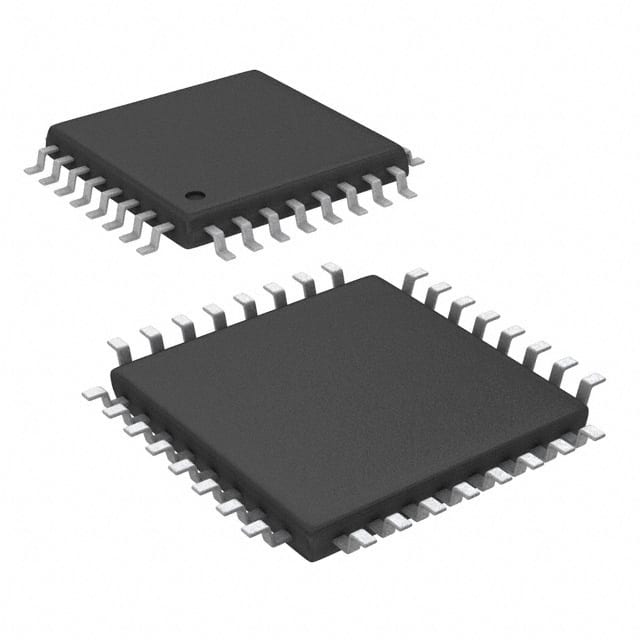
-
PCM2706CPJT
Texas Instruments
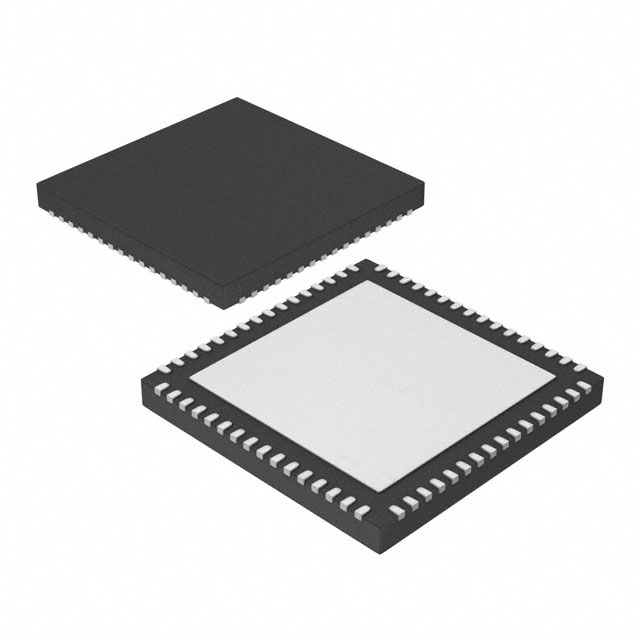
-
ZL38040LDG1
Microchip Technology

-
PGA2310UA/1K
Texas Instruments
Get Started Instantly!

